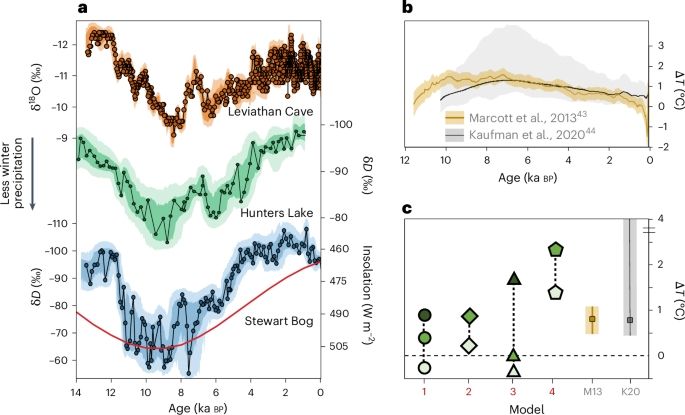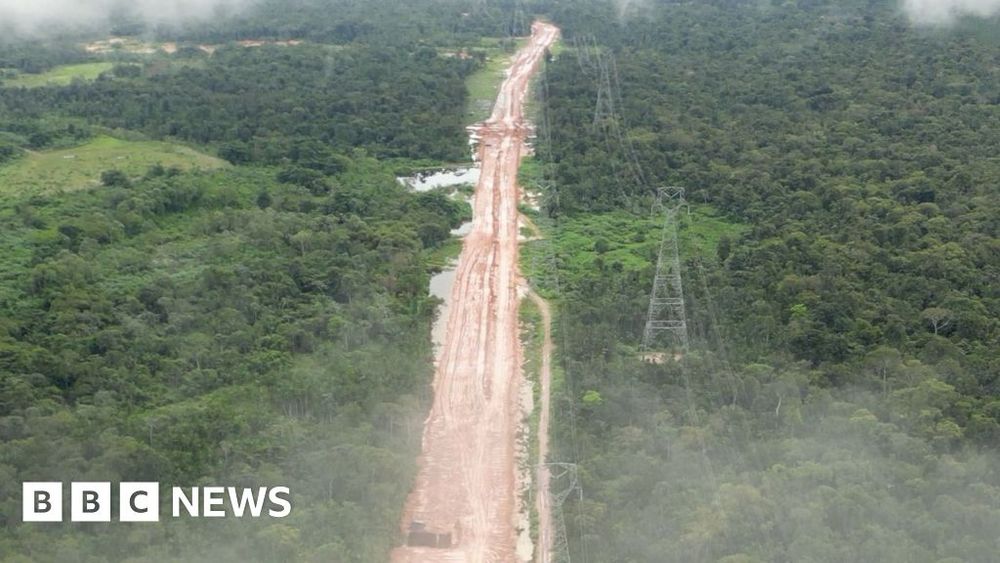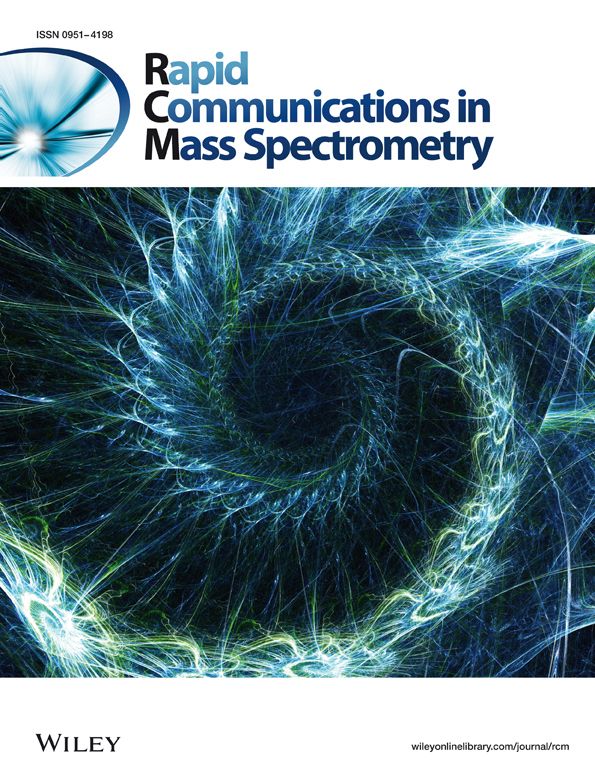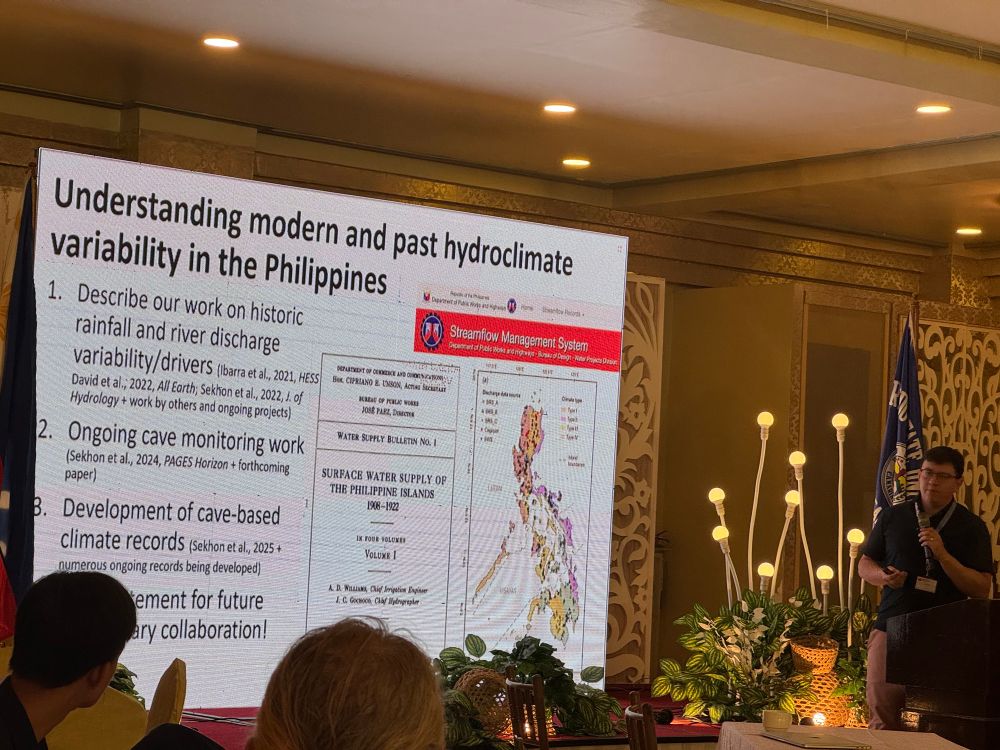
www.nature.com/articles/s41...

www.nature.com/articles/s41...
www.nature.com/articles/s41...


Read the full press release:

Read the full press release:


My group has hosted two amazing postdocs via this program over the past several years, feel free to get in touch!
My group has hosted two amazing postdocs via this program over the past several years, feel free to get in touch!
Neg PDO in paleoclimate mid Holocene records lowers winter precip, probably too light in models
w @atthenius.bsky.social @climate-z.bsky.social
www.nature.com/articles/s41...

Neg PDO in paleoclimate mid Holocene records lowers winter precip, probably too light in models
w @atthenius.bsky.social @climate-z.bsky.social
www.nature.com/articles/s41...
⬆️ Human induced warming now at 1.36C
⬆️ Rate of warming now 0.27C / decade
⬆️ Sharp increase in Earth's energy imbalance
⬇️ Remaining 1.5C carbon budget only 130 GtCO2
essd.copernicus.org/...

⬆️ Human induced warming now at 1.36C
⬆️ Rate of warming now 0.27C / decade
⬆️ Sharp increase in Earth's energy imbalance
⬇️ Remaining 1.5C carbon budget only 130 GtCO2
essd.copernicus.org/...
Instead, I’ll tell you that I don’t know a single NOAA scientist who would promote deep sea mining in this way, because the available science we have does not justify exploitation of deep sea habitats for minerals.
Instead, I’ll tell you that I don’t know a single NOAA scientist who would promote deep sea mining in this way, because the available science we have does not justify exploitation of deep sea habitats for minerals.

www.nesdis.noaa.gov/about/docume...
www.nesdis.noaa.gov/about/docume...
eos.org/research-and...

eos.org/research-and...

@brown-ibes.bsky.social

@brown-ibes.bsky.social

www.science.org/doi/10.1126/...

www.science.org/doi/10.1126/...

johnhawks.net/weblog/ancie...

johnhawks.net/weblog/ancie...


